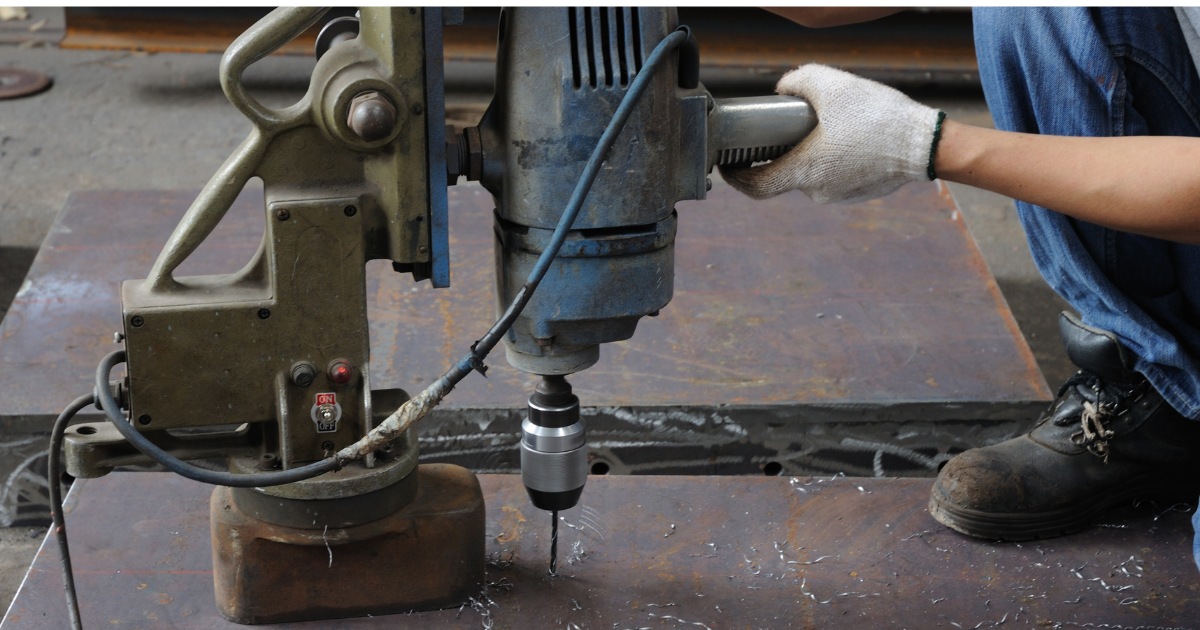Safety programs in the workplace may not always emphasize protection from electrical hazards. Many safety programs focus on obvious workplace hazards such as slip and fall accidents, back injuries, machinery accidents, and similar dangers. Because electrical hazards are not usually visible and accidents may not happen frequently, they often do not get the attention, or protection, they deserve.
The truth is that injuries from an arc flash or electrical shock can be devastating; injuries can be severe and even fatal. One of the biggest problems is that an electrical hazard does not have the outward warning signs other dangers have. A worker generally cannot see, hear, feel, or smell anything before an arc flash or shock. They and their management team may become complacent about electrical injuries, but complacency is dangerous.
A comprehensive workplace safety program should include both actions for safety against electrical dangers and requirements for using personal protective equipment (PPE).
What Should a Workplace Electrical Safety Program Include?
Safety personnel or managers at any workplace should ensure that electrical hazards are part of their workplace safety program. Programs related to electrical safety should include the following.
Best practices. Safety managers should look to their peers, professional organizations, and widely available educational resources to understand best practices. These practices will follow the guidelines of the Occupational Safety and Health Administration (OSHA) and other guidelines and can be invaluable in developing a program specific to your workplace. You could even hire a safety expert to evaluate your workplace and make recommendations.
Education. Educating workers about the hazards of electricity is key to the success of any safety program. Training and continuous follow-up should be part of the program. You could even include testing or on-the-spot observation to ensure employees understand how to avoid electrical risks. In addition to training, a workplace education program could consist of fliers, videos, breakroom posters, and other efforts.
Communication. A safety training program is not effective if there is no communication along with it. Employees need to understand that safety is a part of the company’s values and culture, and they need to hear how they play a role in it. Reinforce training with constant communication at employee meetings and reviews. Make adhering to safety a part of every employee’s performance assessment.
Policies and procedures. Formalize your workplace electrical safety program by developing official policies and procedures. Make sure employees understand and follow them. Train management to look for adherence or noncompliance and how to reward or discipline the behaviors as needed.
Protective equipment. An electrical safety program must also include providing employees the equipment they need to comply with policies and procedures. This includes clothing, tools, and other workplace gear designed to withstand electrical arc flashes and shocks. PPE is often considered a last line of defense against electrical hazards at work. This is because, theoretically, effective solutions should already be in place that eliminate or lessen electrical danger, making PPE an extra layer of protection.
What Is the Best Protective Clothing for Electrical Risks?
Workers who routinely work near or directly with electrical hazards should wear protective clothing and other gear appropriate for the type of jobs they perform and the level of risk, including voltage, to which they are exposed, including the following.
Flame-resistant clothing. Severe and even fatal injuries can occur when arc flashes ignite flame-resistant clothing and burn an unprotected worker’s head, face, arms, and hands. Flame-resistant clothing includes shirts, trousers, jeans, undergarments, gloves, hats and caps, knee pads, socks, shoes, rainwear, and outerwear.
All clothing and protective equipment should be purchased according to your company’s highest arc rating. Arc rating is the garment’s ability to insulate the wearer from burns. The higher the arc rating, the greater the flame resistance.
Voltage-rated rubber gloves with leather protectors. Severe electrical shock injuries can happen when a worker does not wear voltage-rated rubber gloves and sleeves with leather protectors. Protective gloves and other clothing can become damaged and aged, reducing their effectiveness. They should be checked before each use.
Face shields. A face shield appropriate for the type of job being performed can provide ample protection from arc flashes in particular. These can include a balaclava and face shield or a hood with a face shield.
Arc flash suit. The arc flash suit is either a full coverall or a combination of a jacket, bib overalls, and pants. These suits are designed to meet a range of performance levels when working with energized or potentially energized equipment.
Hard hats, ear plugs, work shoes/boots, and safety glasses. These are standard-issue protective equipment for many types of jobs, not just those that pose electrical hazards. All are available made from nonconductive materials. Work shoes and boots, especially, should have an electrical hazard (EH) rating.
Protective clothing requirements should be conducive to the type of job and the amount of electrical hazard risk involved. For example, workers who have little risk may not be amenable, comfortable, or effective in working with full arc suits, when rubber gloves will do.
Each job should be evaluated for risk, and protective gear recommended based on the risk. A worker’s safety also includes their comfort and mobility, so all factors should be considered.
What Other PPE Is Available for Safety Against Electrical Hazards?
It is hoped that most workplaces have assessed the origin of potential electrical risk. They have likely provided solutions through engineering or other means to eliminate or reduce electric shock or oar flash risk.
However, it is a good idea for workplaces also to provide and require the use of additional PPE and compliant environments to help ensure safety from electrical hazards, including the following:
- Rubber insulated mats for workers to stand on around high voltage equipment, live wires, and other risks. The mats help prevent electricity from traveling up from the floor into a worker’s body and vice versa.
- Rubber tubes, blankets, and line covers will protect workers from energized power lines and other electrical hazards as they work on or near them.
- Insulated ladders are nonconductive and will not transmit electricity to a worker who, by accident, may touch a live wire or otherwise be exposed to an electrical current.
- Insulated, nonconductive tools prevent workers from being shocked or electrocuted when a tool might accidentally touch a high voltage wire or equipment part.
- Rescue rods are invaluable for helping an electrocuted worker to safety or pushing an energized wire or machinery out of the way. A person who tries to help an electrocuted worker without a rescue rod would also be electrocuted.
- Voltage detectors that show the level of electricity in a device or wire at any given time. Even when a power source has been shut off or removed, electricity can still be in a system for some time. A voltage detector can warn a worker not to begin work.
- Custom labels on equipment, machinery, lines, and other electrical systems that show voltage and provide information on how far away workers should stand and other tips.
- Easily reachable PPE that workers can grab and use easily and quickly. Store the PPE where it is needed on the job. Doing so also serves as a reminder that it needs to be worn.
- Emergency cut-off buttons and switches should be on all high-voltage systems in the workplace or job site to immediately stop the flow of electricity. This button or switch needs to be pushed first before trying to help an electrocuted employee.
- Trained first responders and employees who know what to do in an emergency and remain safe through PPE and other workplace safety measures. All employees should be trained on required safety practices. Some should undergo additional training in responding to electrical hazard emergencies.
- Electrical panels that are well labeled and easy to find can help keep workers safe and companies compliant with OSHA regulations.
Cherry Hill Workers’ Compensation Lawyers at Pietras Saracino Smith & Meeks, LLP, Are Ready to Help Injured Workers Today
No one should be injured or die because they went to work. Employers are responsible for protecting their workers from electrical hazards and any other potential workplace danger. When they do not, contact the Cherry Hill workers’ compensation lawyers at Pietras Saracino Smith & Meeks, LLP. We can help you or your loved one get the compensation you deserve for a workplace injury. Call us today at 856-761-3773 or contact us online to schedule a free consultation. Located in Cherry Hill, New Jersey, we serve clients in Camden, Cinnaminson, Delran, Maple Shade, Pennsauken, and throughout South Jersey.







